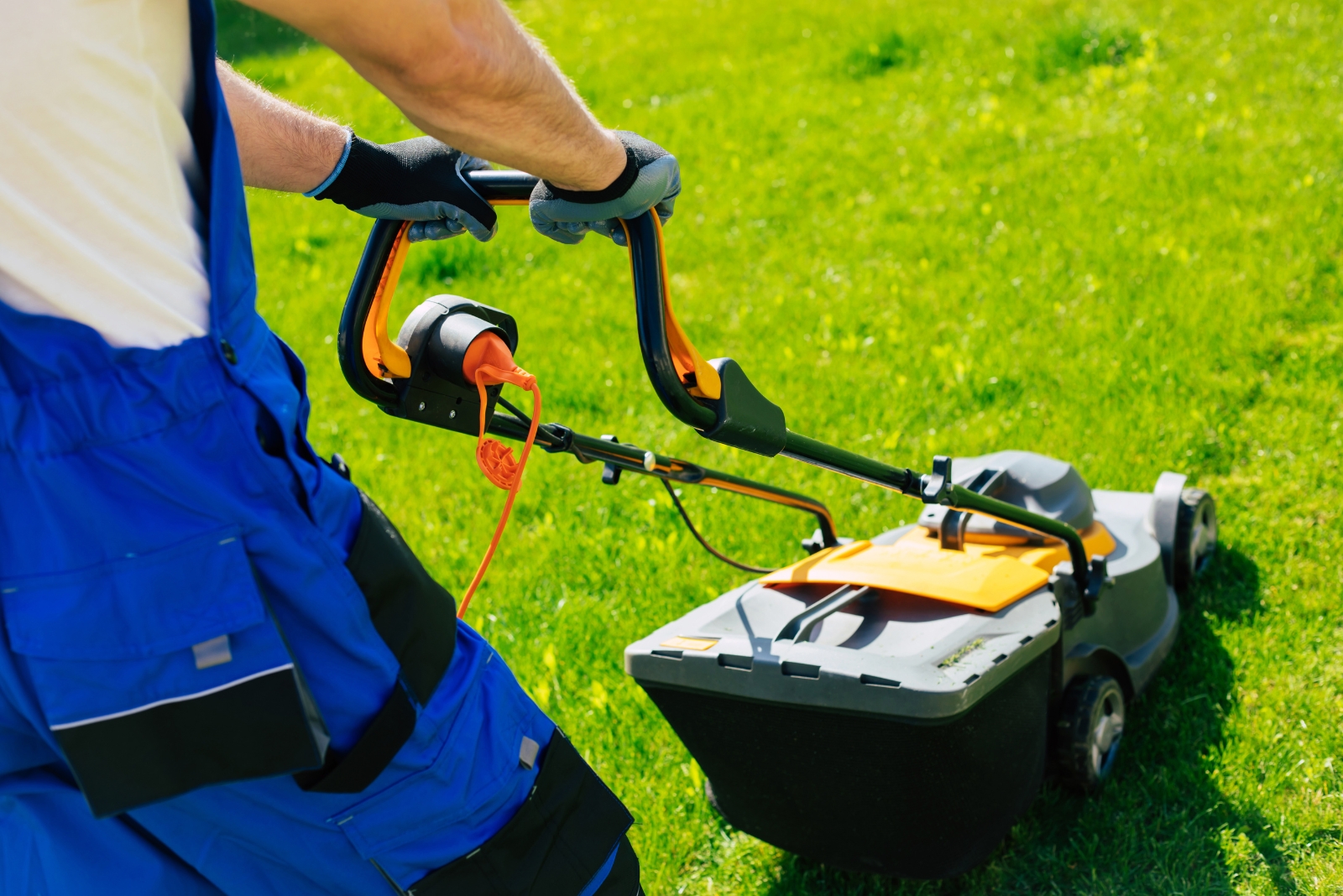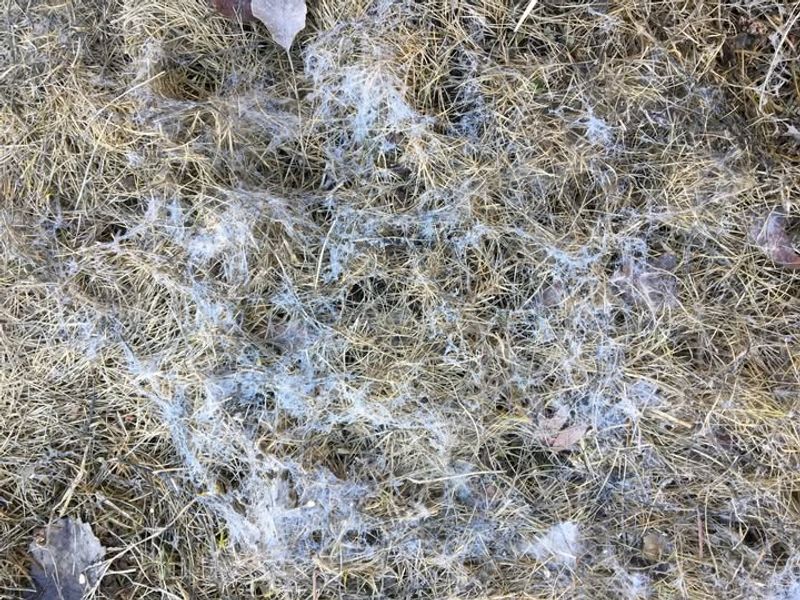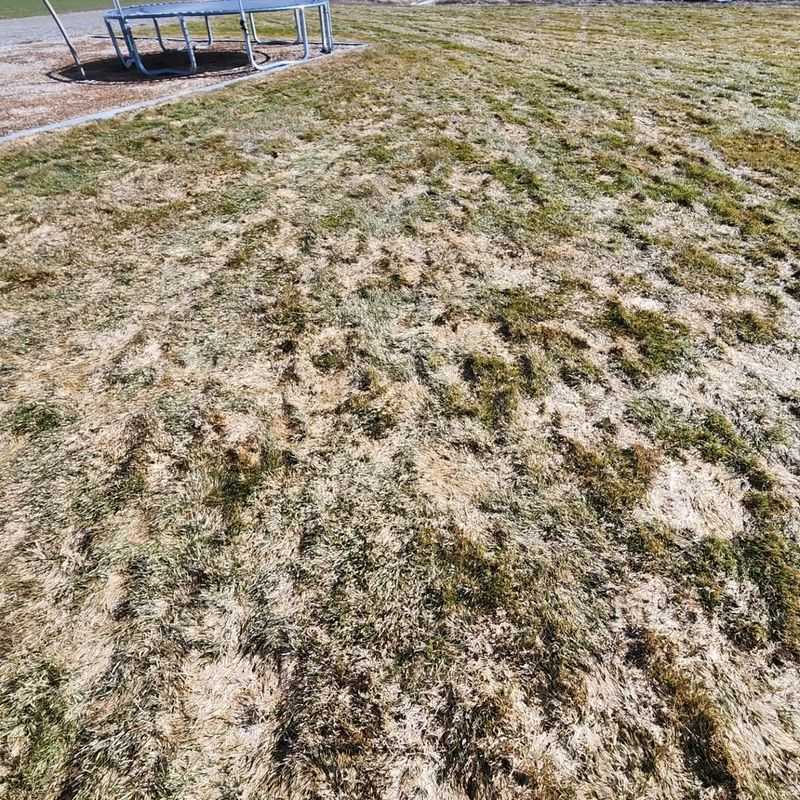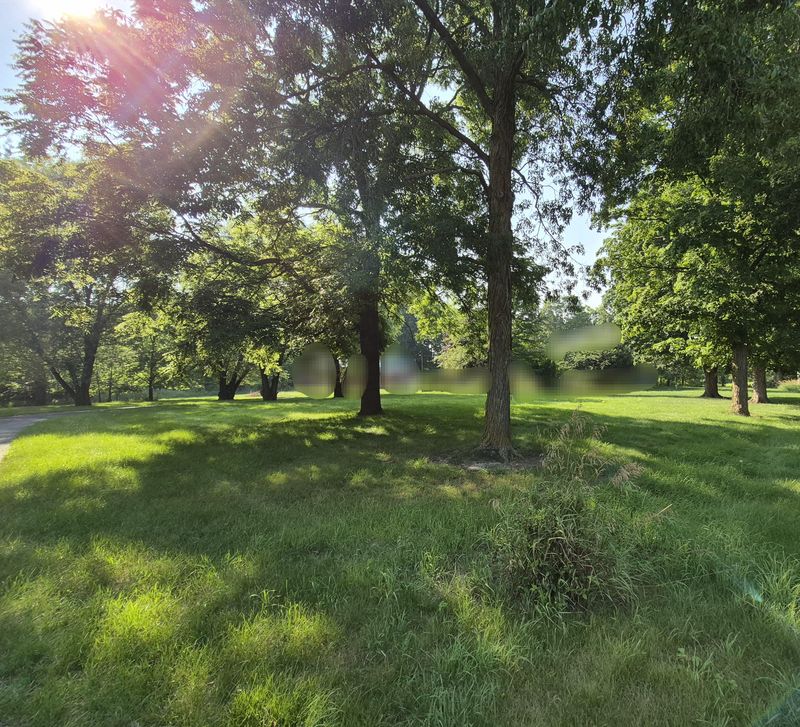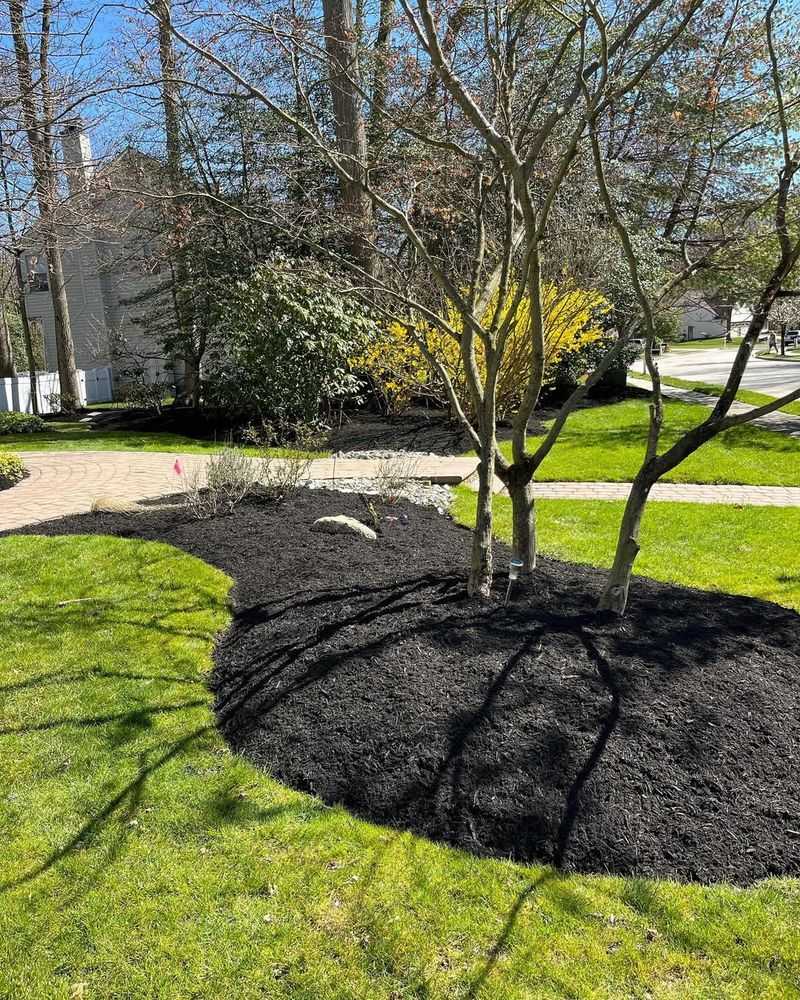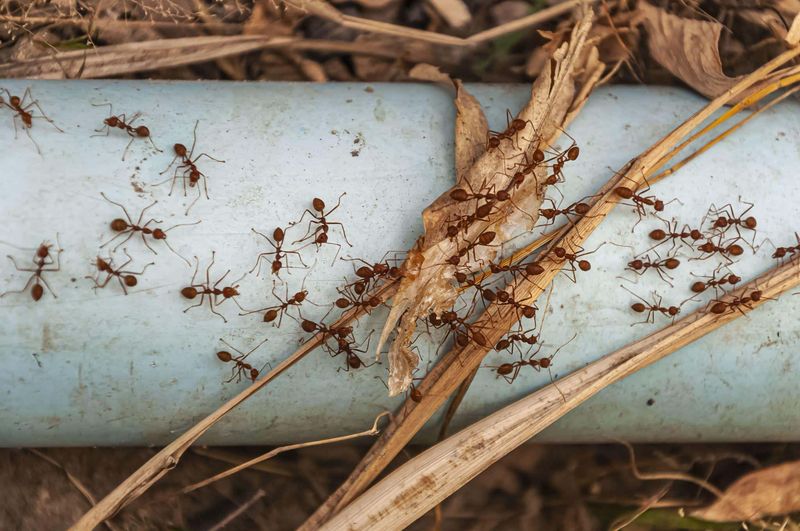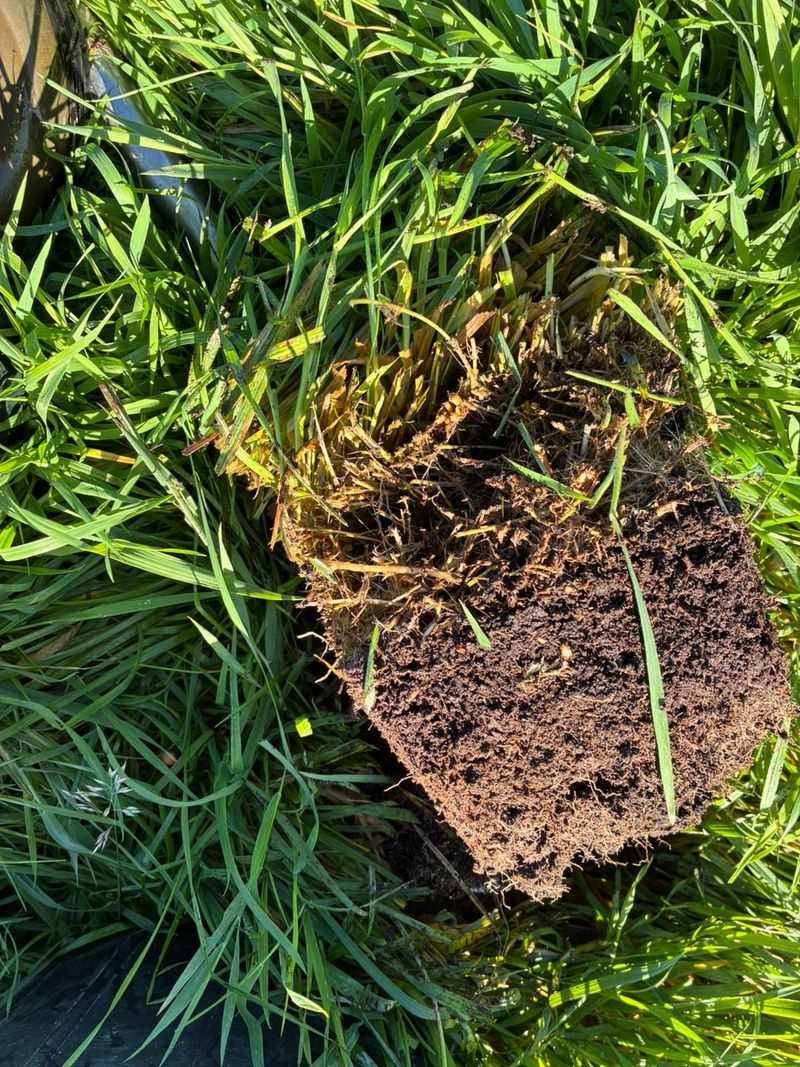Warm-season grasses act like they’re clocking out when the temperatures drop, but they’re quietly getting ready for their big return. Think of it as behind-the-scenes training for spring.
A small tweak to your late-season mowing routine can do wonders, and it starts with lowering lawn mower height.
1. Prevents Snow Mold And Fungal Growth
Shorter grass blades reduce the risk of fungal diseases that thrive in cold, damp conditions. When your lawn enters winter with long grass, moisture gets trapped underneath, creating a perfect breeding ground for snow mold and other nasty fungi.
Cutting your grass shorter allows better air circulation at ground level. Even though Georgia doesn’t always get heavy snow, the combination of rain, frost, and humidity can still cause problems for taller grass throughout winter months.
2. Reduces Matting During Winter Weather
Long grass tends to flatten and mat down when exposed to winter rain, ice, and occasional snow. Once grass gets matted, it struggles to stand back up in spring, which weakens the entire Georgia lawn and creates ugly brown patches.
A shorter cut keeps your grass from bending over and clumping together. Your lawn maintains better structure through winter storms, making it easier for new growth to emerge when warmer temperatures return in early spring.
3. Allows More Sunlight To Reach The Crown
Grass plants store energy in their crowns, which sit right at the soil surface. During winter, even limited sunlight can help maintain crown health, but only if light can actually reach it.
Trimming your grass shorter removes the shade created by longer blades. More sunlight hitting the crown means your Georgia grass stays stronger during dormancy and has better energy reserves for rapid spring growth when temperatures warm up again.
4. Makes Spring Cleanup Much Easier
Nobody wants to spend hours raking and cleaning up a messy lawn when spring finally arrives. Long winter grass often dies back in patches, leaving behind thick layers of dead material that you’ll need to remove before new growth starts.
Starting winter with shorter grass means less dead material accumulates over the cold months. You’ll spend far less time on spring cleanup, getting your Georgia lawn ready for fertilizing and regular mowing schedules much faster than neighbors who skipped this step.
5. Discourages Pests From Nesting
Tall grass provides cozy shelter for rodents, insects, and other pests looking for winter homes. Voles especially love making tunnels through long grass, causing serious damage to your Georgia lawn’s root system that won’t show up until spring.
Cutting grass shorter eliminates attractive hiding spots for unwanted visitors. Pests prefer areas with thick cover, so a shorter lawn naturally discourages them from settling in. Your grass roots stay protected, and you avoid unpleasant surprises when the snow melts away.
6. Promotes Even Spring Green-Up
Ever notice how some lawns turn green all at once in spring while others have patchy, uneven color? Starting winter with uniform grass height makes a huge difference in how evenly your Georgia lawn wakes up when warm weather returns.
Shorter grass receives consistent sunlight and moisture across your entire yard. When spring triggers new growth, every part of your lawn gets an equal chance to green up quickly, giving you that magazine-worthy appearance your neighbors will definitely notice and admire.
7. Strengthens Root Development Over Winter
Grass plants focus their winter energy on root growth rather than blade production. When you cut grass shorter before winter, the plant naturally shifts more resources underground, developing deeper and stronger root systems.
Deeper roots mean better drought resistance and overall lawn health come summer. Your grass will access water and nutrients more efficiently, requiring less frequent watering and staying greener during Georgia’s hot months when shallow-rooted lawns turn brown and patchy.

